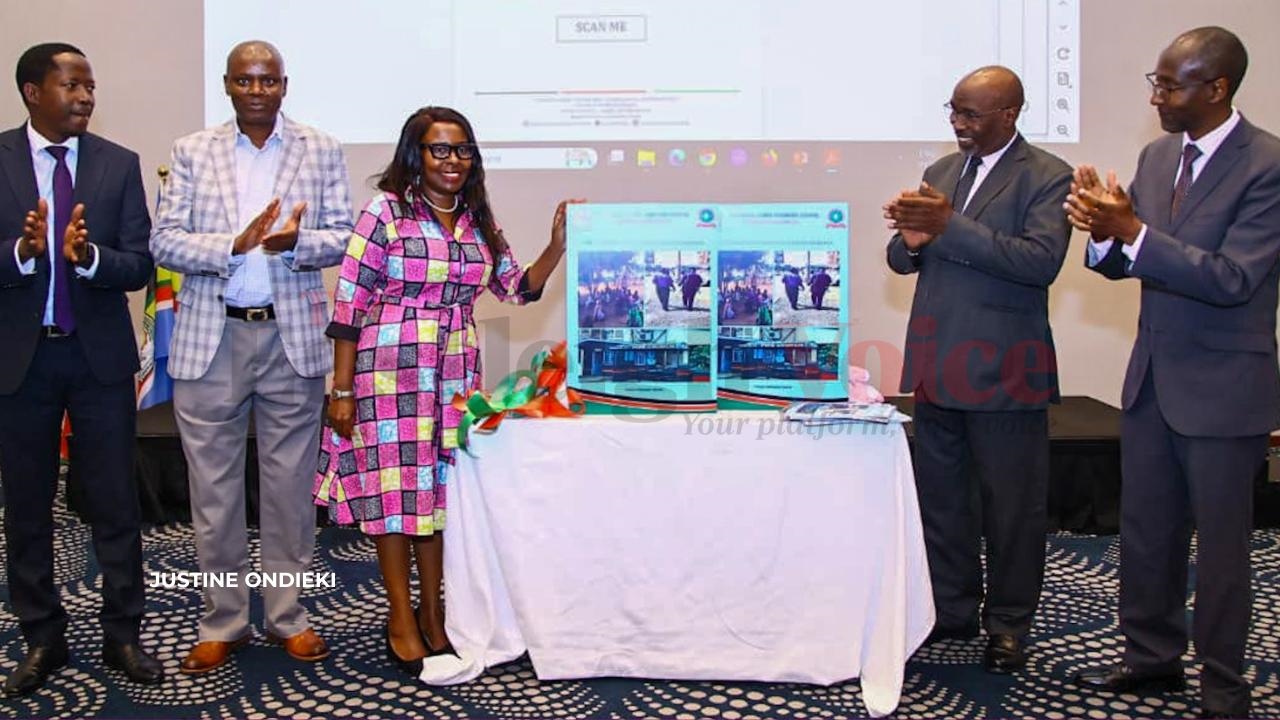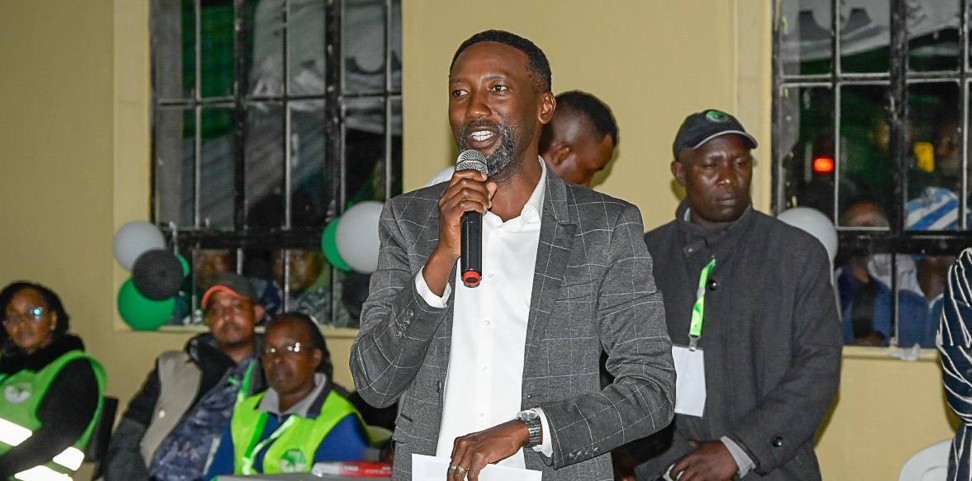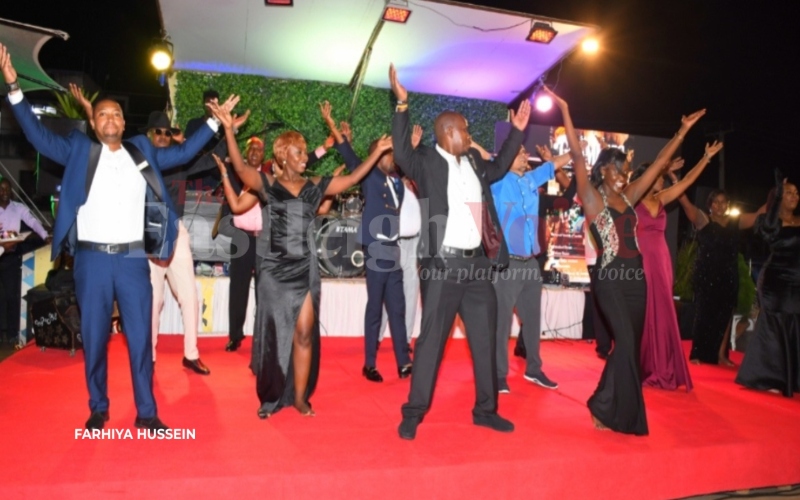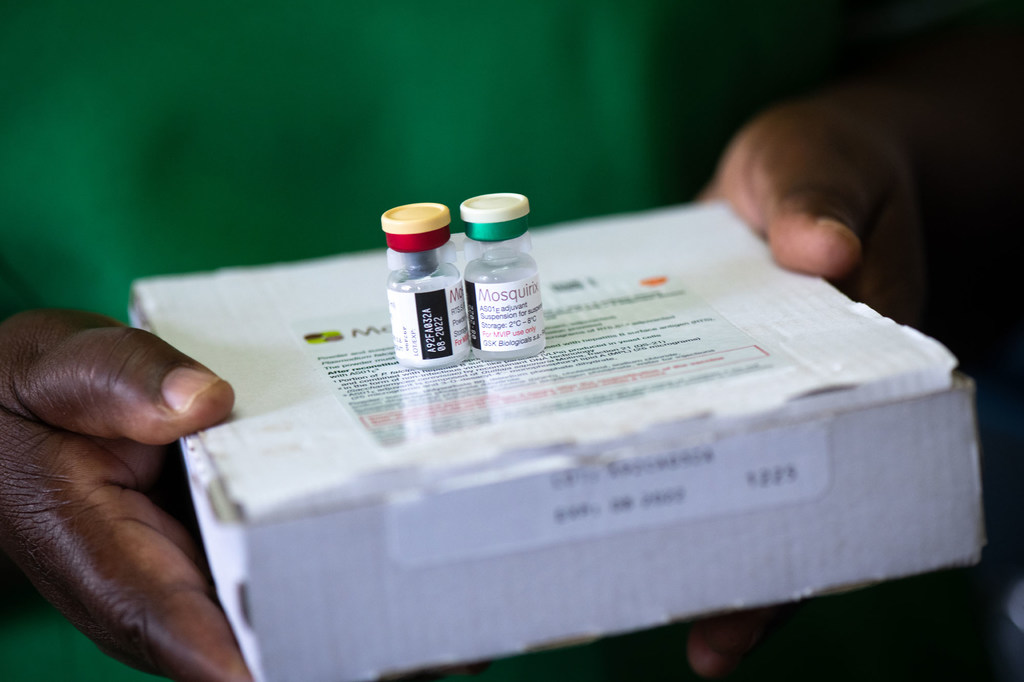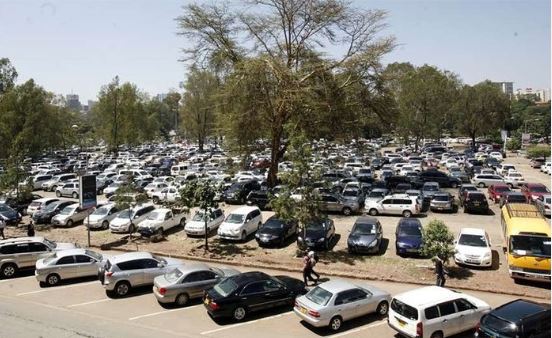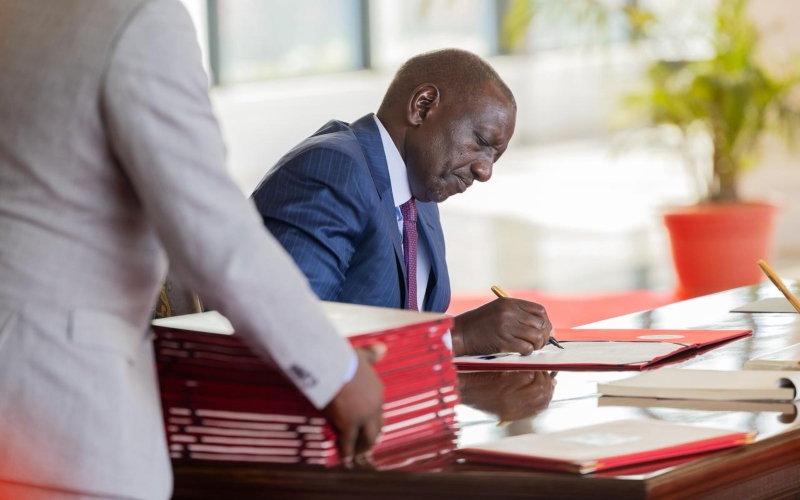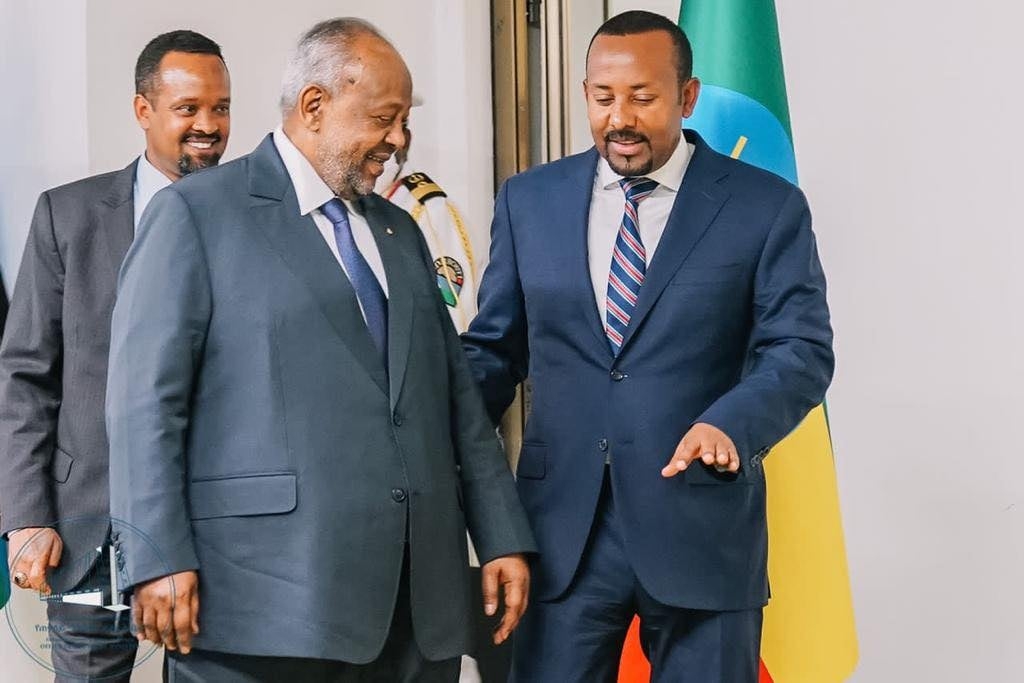Majority of Junior Secondary School teachers come from four ethnic groups, report shows

The Kalenjin community had the highest number of recruits at 10,769, followed closely by Luhyas with 10,466, Kambas with 9,557 and Kikuyus with 8,799.
The Teachers Service Commission (TSC) is under fire after it was revealed that Kalenjins, Luhyas, Kikuyus and Kambas made up over half of the newly recruited Junior Secondary School teachers, raising concerns over the fairness and inclusivity of the recruitment process.
In a report submitted to the Senate Committee on National Cohesion, Equal Opportunity and Regional Integration, the TSC disclosed that the four communities accounted for 57 per cent of the total workforce recruited, sparking debate over ethnic representation in public service.
More To Read
- Over 30,000 teachers set for senior school curriculum training ahead of 2026 transition
- Ruto announces recruitment of 24,000 more teachers by January to ease national shortage
- Junior secondary teachers challenge move to place them under primary school heads
- World Teachers’ Day 2025: UNESCO warns poor support systems are driving teachers out of the profession
- Sh7.9 billion at centre of prolonged gov't–lecturers standoff as students warn of joining strike
- Government unveils reforms for Junior Secondary Schools amid staffing, infrastructure concerns
According to the data, over 58 ethnic groups were represented in the recruitment process, which filled more than 68,313 job positions. The Kalenjin community had the highest number of recruits at 10,769, followed closely by Luhyas with 10,466, Kambas with 9,557 and Kikuyus with 8,799.
At the lower end of the representation spectrum were the Ogaden (5), Njemps (7), and Kenyan Asians (10), highlighting a significant disparity among the country’s ethnic groups.
In response to the concerns raised, the TSC defended its recruitment criteria, stating that the exercise was guided by merit and conducted at the Sub-County level to promote fairness and equal opportunity.
“As a policy of the Commission, recruitment of teachers is conducted at the Sub-County level. This is aimed at ensuring all Kenyans equal and fair opportunity for employment as ordained in the Constitution,” read part of the report.
The Commission went on to explain that while efforts are made to ensure ethnic balance, the availability of qualified applicants in each region and subject area significantly influences the outcome.
“While the Commission strives for ethnic balance, recruitment is ultimately determined by the availability of qualified applicants in each region and subject area. As such, some variations in distribution are expected,” reads the report.
In addition to ethnic disparities, the gender breakdown of the recruits showed that male teachers constituted a slight majority, accounting for 51.3 per cent. The TSC also revealed that most of the newly hired teachers are young people between the ages of 22 and 35.
The report further noted that 423 teachers living with disabilities were recruited. However, the number falls short of the five per cent threshold required by the Persons with Disabilities Act (2003).
“While this falls short of the five per cent threshold set by the Persons with Disabilities Act (2003), it is important to note that all qualified candidates living with disabilities who applied for recruitment were considered and recruited,” the TSC said.
Top Stories Today

